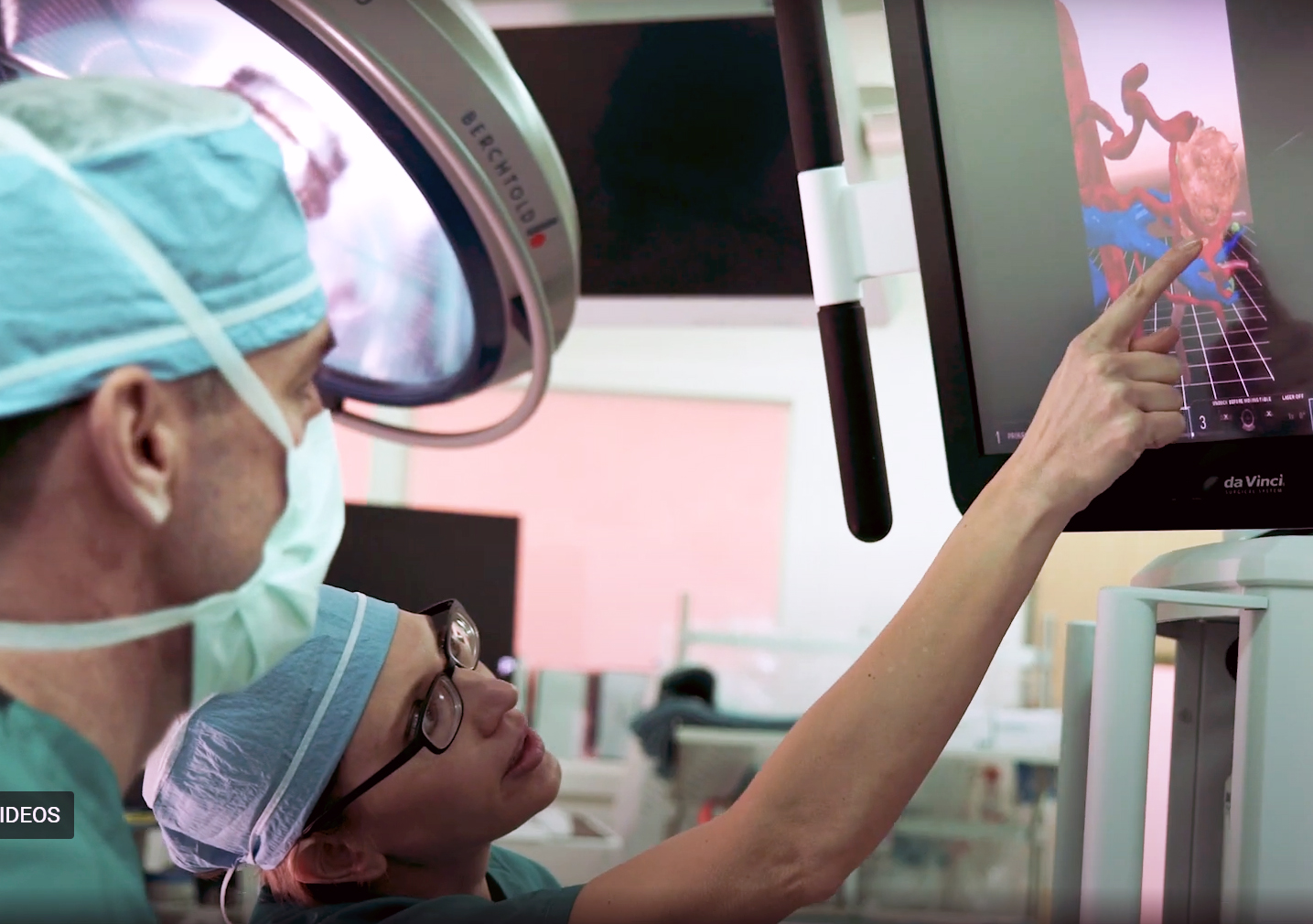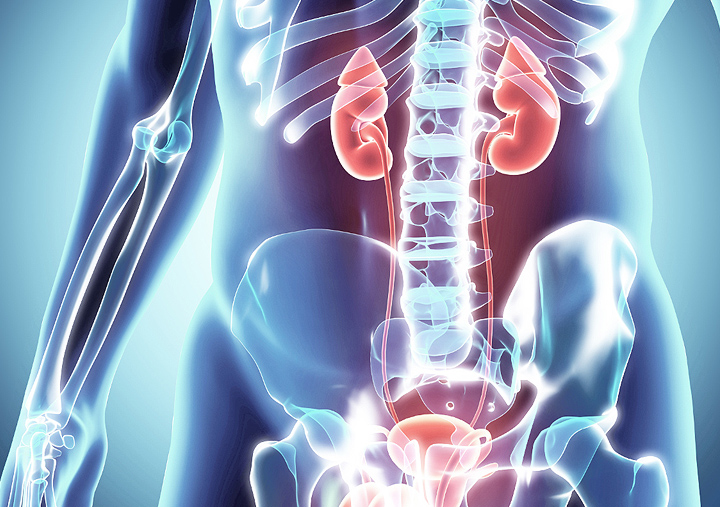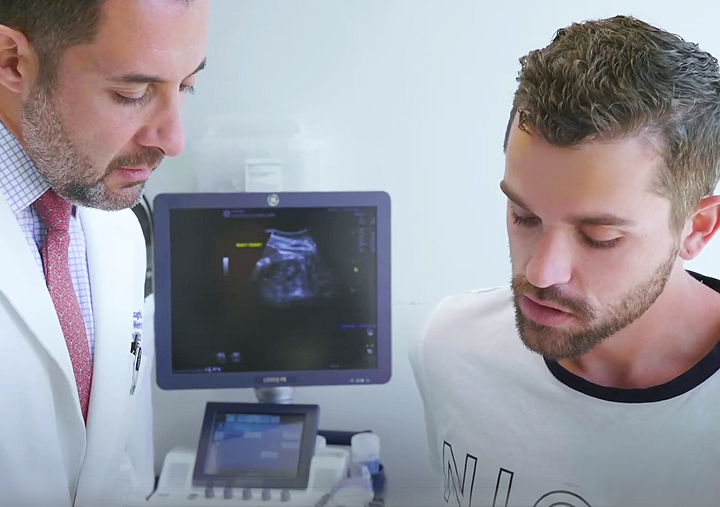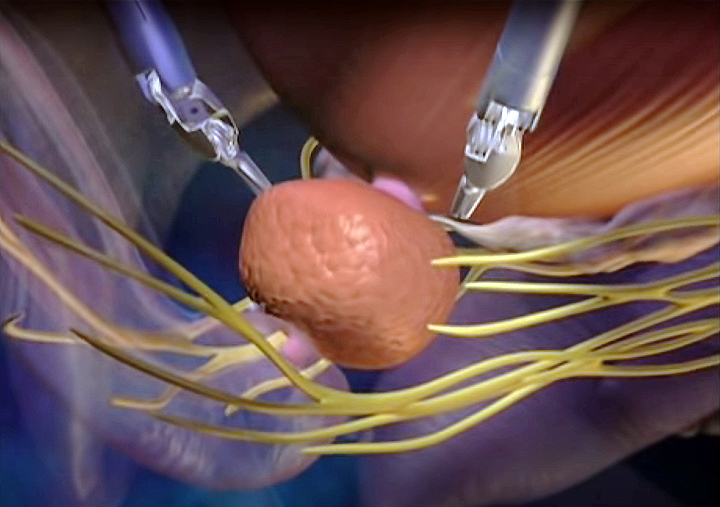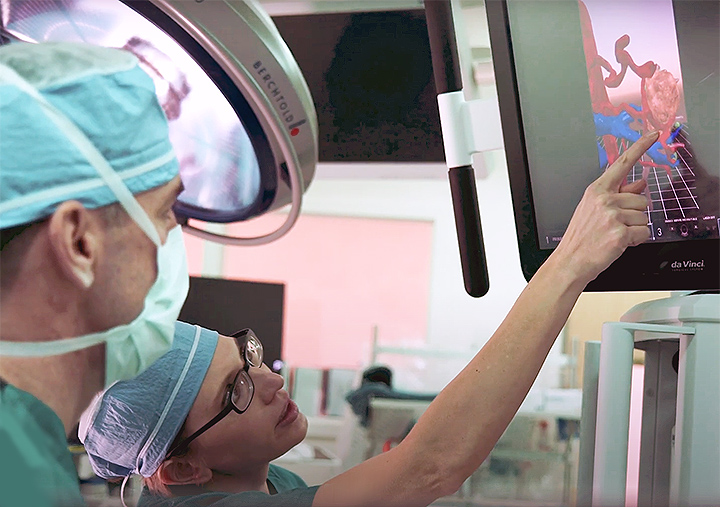Surgical Experience Matters
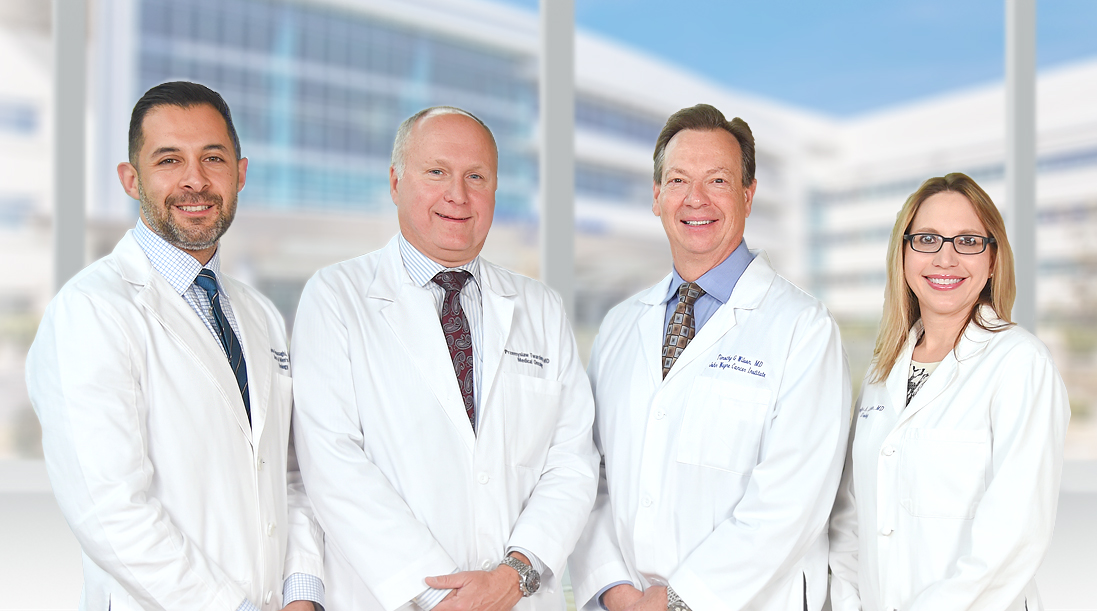
We are here to guide you every step of the way and after your surgery. Once a surgical treatment plan is determined, customized for you, and implemented, patient care is provided at Saint John’s Health Center—a renowned, community-based, surgical hospital in Santa Monica, California that performs thousands of surgeries each year.
When is Surgery Recommended?
Surgery is recommended to reduce or eliminate the ongoing risk of cancerous tumors by safely removing as much of the affected tissues as possible. Surgery may also be recommended for benign tumors—growths that are non-cancerous and do not invade other parts of the body. A cancer diagnosis can only be determined by using tests (biopsy), imaging, and other technologies.
The goal of cancer care is to properly identify the type of cancer, its stage, and impact the cancer has on the entire body in order to develop the most effective treatment plan. If surgery is a recommended part of that plan, its function is to remove cancerous tissues and restore normal function. Surgical procedures can also enable other treatments by removing barriers that can affect treatment access or to reconstruct parts of the body affected by tissue or organ removal.
Appropriately, other types of treatment may be recommended after surgery, such as radiotherapy and chemotherapy, to promote the most optimal conditions for long-term cure. The surgeon will coordinate with other specialists to ensure the most effective plan is achieved and will provide you and your family additional information, including treatment options and at-home care instructions.
Urologic cancers and conditions that may require surgery
Treating the prostate, kidneys, bladder, testis, and ureters requires highly trained and specialized physicians. Some procedures are so intricate, that robot-assisted surgery may be recommended. Such treatment is minimally invasive, thereby reducing the scope of surgery and enabling faster recovery.
Condition |
Description |
Prostate Cancer |
cancer that occurs in the prostate (affects only men) |
Bladder Cancer |
affects the urinary bladder, which usually begins on the surface of the inner lining of the bladder |
Kidney Cancer |
forms when a mutation exists in some kidney cells |
Urethral Cancer |
occurs in cells that line the inside of the ureters (urinary tubes) that connect the kidneys to the bladder |
Testicular Cancer |
develops in germ cells and non-germ cells of the testicle |
Urinary Obstruction |
conditions that prevent the passing of urine caused by stones, an enlarged prostate, or some other physical blockage |
Voiding Dysfunction |
known as urinary incontinence, having poor coordination between the bladder muscle and the urethra |
Kidney Stones |
hardened mineral deposits that form in the urinary tract or in the kidneys |
Erectile Dysfunction |
conditions that produce irregular and unreliable penile erections in men |
Benign Prostatic Hyperplasia (BPH), or Elarged Prostate |
a noncancerous condition caused by hormonal changes that occur later in life for men |
Why is Robotic Urologic Surgery better for patients?

A faster recovery means everything
When working near delicate and sensitive parts of the body, robotic surgery offers improved outcomes by enhancing the capabilities of the surgeon. Smaller incisions are needed with robotic surgery than traditional surgery, while the surgeon can also easily assess the surrounding areas and lymph nodes for signs of cancer spread (metastasis). Using a small camera, the surgeon views high resolution images on a video screen at the control console. The robot is controlled entirely by the urologist, replicating his or her delicate maneuvers precisely. For example, Robotic Prostate Cancer Surgery requires delicate handling of the nerves of the prostate, which helps retain function. This procedure is best performed robotically.
The da Vinci Surgical System translates the surgeon’s movements precisely using a smaller opening.
Benefits of robotic surgery include:
- Improved functional recovery
- Highly delicate surgical procedures and repairs can be made
- Reduced patient recovery time
- Shorter hospital stays
- Less post-surgical pain
After the surgery is performed, the robot is also used to repair areas of the body to restore function. They may include the use of tissue from the bladder, or bowel, to repair the small tubes that carry urine from the kidneys to the bladder. The robot is so precise that the surgeon can stitch very small tissues together in less space than by human hand. These maneuvers are less invasive, therefore the operation results in reduced patient recovery time.
Innovations for Reconstructive Surgery
The Saint John’s Cancer Institute in Santa Monica was the first center in California to utilize Ceevra’s 3D surgical planning application as standard practice for patients undergoing a radical or partial nephrectomy (surgical removal of the kidney). This innovation provides advanced visualization for the surgeon to maximize surgical outcomes.
Unlike relying on standard black and white CT scans or MRI images, Ceevra converts these images into a brilliant, interactive, multi-color 3D digital image with greater detail, plus a true 3D visualization that helps to guide surgical approach. Ceevra 3D digital images are optimized for viewing across digital devices and virtual reality (VR), helping the surgeons plan and perform complex operations, while helping patients better understand their condition and the proposed course of treatment.
Listen to Dr. Jennifer Linehan, Urologic Oncologist, discuss surgical planning using Ceevra 3D Imaging.
Other treatments that may be recommended after surgery
Though surgery can remedy many early-stage tumors, other types of treatments may be needed to reduce the recurrence of cancer, particularly where the disease is known to spread. These treatments aim to treat the entire body, such as with chemotherapy and immunotherapy, as well as the areas closest to the site of cancer, such as radiotherapy. Other treatments address noncancerous conditions, such as kidney stones and urinary obstruction.
Condition |
Treatments |
Prostate Cancer |
may include chemotherapy, radiation therapy and hormone therapy |
Bladder Cancer |
may include one or more of intravesical therapy, chemotherapy, bladder sparing therapy, biological therapy, and radiation therapy |
Kidney Cancer |
may include one or more of chemotherapy, biological therapy, and radiation therapy |
Ureteral Cancer |
treatment will vary depending on the aggressiveness, size, and location of cancer, but could involve one ore more treatments |
Testicular Cancer |
may include radiation therapy alone or radiation with chemotherapy |
Urinary Obstruction |
may include minimally-invasive robotic-assisted surgery for complex obstructive conditions that require highly delicate surgical maneuvers |
Voiding Dysfunction (Incontinence) |
addressed using minimally invasive procedures as well as behavioral techniques that can help mitigate the extent of the condition |
Kidney Stones |
treated using ureteroscopy procesure with laser lithotripsy, while medication can also be used to reduce the size the of the kidney stones |
Erectile Dysfunction (ED) |
based on the underlying medical issue causing rectyle disfunction, where medication may be the primary treatment |
Benign Prostatic Hyperplasia (BPH), or Enlarged Prostate |
can be effectively treated with medication while other innovations, such as the UroLift System, is a more permanent way to provide urinary relief |
Considerations and implications of urologic surgery
Surgery for urologic cancers and conditions presents a variety of challenges, which can have a temporary and lasting impact. Depending on the patient’s age and stage of cancer, post-surgical effects and recovery time will vary. For example, changes in erectile control (men) or in the ability to control urine flow, often result from changes to the body commonly associated with the effects of surgery and organ removal. This is typically measured by the level of urinary or erectile control that existed prior to the surgery.
Such changes in the body can be lessened to the point of achieving normal function. With modern technologies, ongoing care and support, and established treatments that are safer than ever before, surgical procedures that involve the bladder, kidneys, prostate, and ureters, can be achieved with greater success. This is possible due to minimally invasive techniques and innovative therapeutics. Minimally-invasive Robotic Surgery, for example, allows patients to recover more quickly and with fewer side effects. The possibility of infection from surgery is also greatly reduced with minimally invasive techniques, which further improves patient outcomes and quality of life. Therefore, the impact on urinary and other sexual functions can be widely mitigated, which helps to bring patients back to a more familiar and functional state. Our goal is to maximize curative effect and ensure optimal function after surgery.
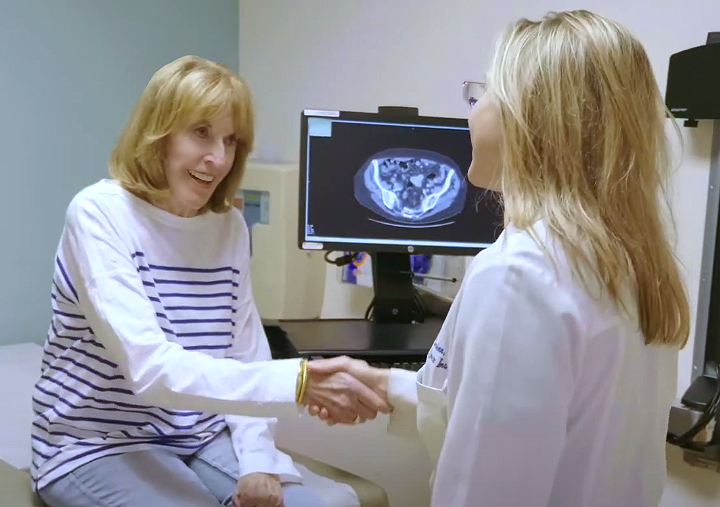
Common factors for urologic surgery include:
- Current health status
- Age
- Type and stage of cancer
- Prior cancer and treatment history
- Ability to leverage a multi-disciplinary approach
- Patient treatment preferences
If you have questions regarding urologic surgery or wellness for men or women, please call today.

Providence St. John’s Health Center
High Performing in Urology
High Performing in Urology
Saint John’s Health Center is nationally ranked and in the top 10% for Urology
Learn more at Health.USNews.com.


